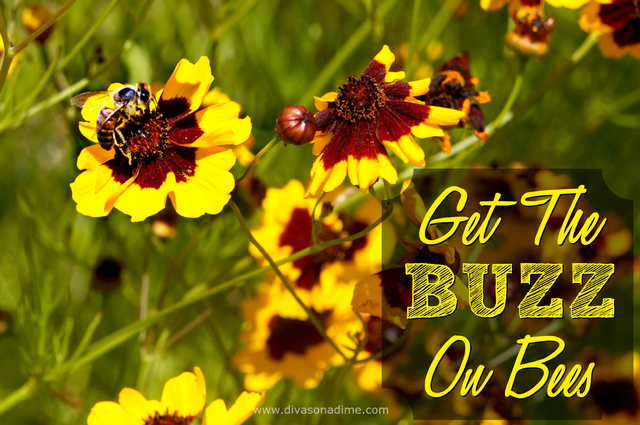
Trees are budding, bees are buzzing, flowers are blooming, and even Death Valley is taking part in the springtime spectacle.
This is the time of year when even the most brown-thumbed among us yearns to see something grow.
If you’re going to make the effort to plant a garden, why not get the biggest return?
The secret to a prolific plot is attracting lots of pollinators to your garden. This not only keeps your garden yield abundant but it’s vital to the health of the pollinator population. Bees, butterflies, moths, bats and hummingbirds are all active pollinators in our area.
The desert can be a difficult environment for pollinators so if you plant anything that flowers, they will come. Look for nectar and pollen-rich plants like wildflowers and old-fashioned varieties of flowers.
Some easy-to-grow plants that attract pollinators and do well in Pahrump are: Lantana, Lavender, Marigold, Petunias, Red Yucca Salvia, Sunflowers, and Sweet Alyssum. If you’re looking to plant flowering trees; check out Desert Willow (Chilopsis linearis) and its cousin Chitalpa (Chitalpa tashkentensis).
Pollinators adore herb gardens. They are especially attracted to plants in the mint family, like peppermint, chocolate mint, all the other mints, basil, sage, oregano, thyme, and rosemary. Plus you get to enjoy all those fresh herbs. Win!
All pollinators need food year-round so choose plants that will bloom in succession throughout the seasons.
Provide water. This doesn’t have to be anything fancy. A trickling faucet or leaky hose, bird bath or a shallow container to catch overspray when you water will do the trick. Butterflies love mud for its moisture and minerals.
Provide shelter. Pollinators need shelter to rear their young, hide from predators and get out of the elements. Just let a small section of your yard grow wild, add a tree branch, garden clippings or reeds and allow them to decompose and you’ve got a friendly habitat. Eliminate or severely limit your use of pesticides. Yes, they provide a quick fix killing pests but they also kill beneficial insects and pollinators.
I’ve been assured that locally the bee population is strong but one of our best bee pollinators could be considered a pest. Leafcutter bees are non-aggressive native bees named for their habit of cutting semi-circular pieces from the edges of leaves. Before you rush to judge, leafcutter bees are solitary bees that don’t live in hives. Each female has to make their own nest and the leaves are nesting material. Their value as pollinators far outweighs the pieces of leaves they collect. Don’t be hating on the bees.
Word to the wise – Historically, in Pahrump we have at least one more hard freeze in March or even as late as April. So hold off planting or be prepared to protect your plants.
Special thanks to Debby Woodland and Cherry McCormick (with the Master Gardeners at the UNCE, located 1651 E. Calvada Blvd. at Dandelion) for so generously sharing their vast knowledge and letting me bug them. See what I did there? I crack me up.
Frugal Family Fun contributed by Patti Diamond from Divas On A Dime – Where Frugal, Meets Fabulous! www.divasonadime.com Join us on Facebook at DivasOnADimeDotCom.